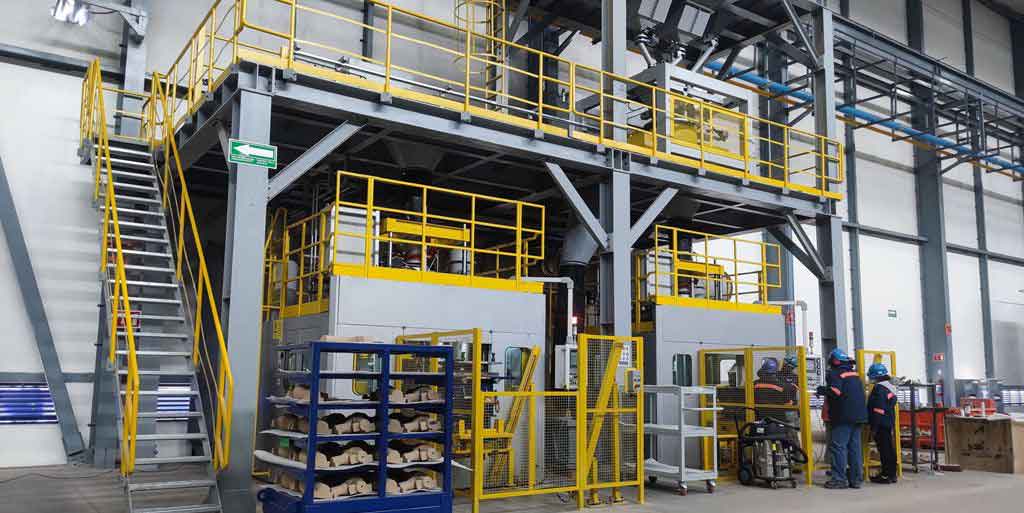The strain hardening behavior of Mn13Cr2Mo high-manganese steel casting under dynamic loads was systematically investigated using a Split Hopkinson Pressure Bar (SHPB) system. This study reveals critical insights into the material’s response to varying impact pressures, offering valuable guidance for optimizing wear-resistant components in industrial applications.

Fundamental Constitutive Relationships
The stress-strain behavior of steel casting under dynamic loading can be described by:
$$ \sigma = E\varepsilon \quad \text{(Linear hardening stage)} $$
$$ \sigma = K\varepsilon^n \quad \text{(Nonlinear hardening stage)} $$
Where $E$ represents Young’s modulus, $K$ is the strength coefficient, and $n$ denotes the work hardening exponent.
| C | Mn | Cr+Mo | Si | P | S |
|---|---|---|---|---|---|
| 0.12-0.16 | 12.5-13.5 | 3.8-4.2 | 0.2-0.4 | <0.004 | <0.002 |
Dynamic Response Characteristics
The transition between hardening stages in steel casting follows distinct patterns:
$$ \frac{d\sigma}{d\varepsilon} =
\begin{cases}
E & \varepsilon \leq \varepsilon_c \\
nK\varepsilon^{n-1} & \varepsilon > \varepsilon_c
\end{cases} $$
Where $\varepsilon_c$ represents the critical strain for stage transition, varying significantly with impact pressure:
| Pressure (MPa) | Critical Stress (MPa) | Hardening Rate (MPa) |
|---|---|---|
| 0.2 | 107 | 1.8×103 |
| 0.4 | 123 | 2.4×103 |
| 0.6 | 356 | 3.1×103 |
| 0.8 | 329 | 2.9×103 |
Microstructural Evolution Mechanisms
The enhanced hardening capability in steel casting at higher pressures (≥0.6 MPa) originates from:
$$ \rho_d = \rho_0 + C(\dot{\varepsilon})T $$
Where $\rho_d$ is dislocation density, $\rho_0$ initial dislocation density, $C(\dot{\varepsilon})$ strain-rate dependent multiplication coefficient, and $T$ deformation time.
Industrial Applications
For steel casting components operating under impact loads ≥0.6 MPa, the optimal hardening performance is achieved when:
$$ \sigma_{service} \geq 356\ \text{MPa} $$
$$ \frac{d\sigma}{d\varepsilon} \geq 3.0\times10^3\ \text{MPa} $$
This ensures maximum utilization of the steel casting’s strain hardening potential in wear-resistant applications.
Conclusion
The Mn13Cr2Mo steel casting demonstrates pressure-dependent hardening behavior with three distinct regimes:
- Subcritical pressure regime (≤0.4 MPa): Limited dislocation multiplication
- Transition regime (0.4-0.6 MPa): Rapid defect accumulation
- Optimal hardening regime (≥0.6 MPa): Saturated dislocation networks
These findings provide critical design criteria for steel casting components in high-impact service environments.
